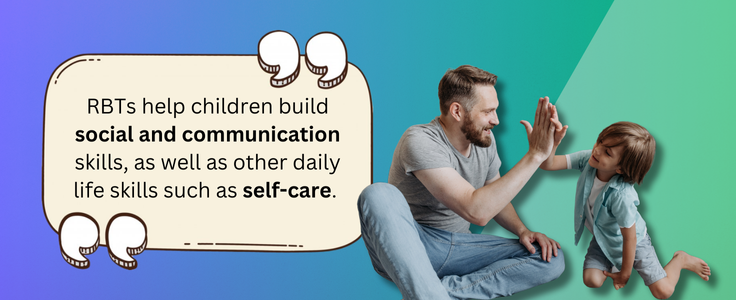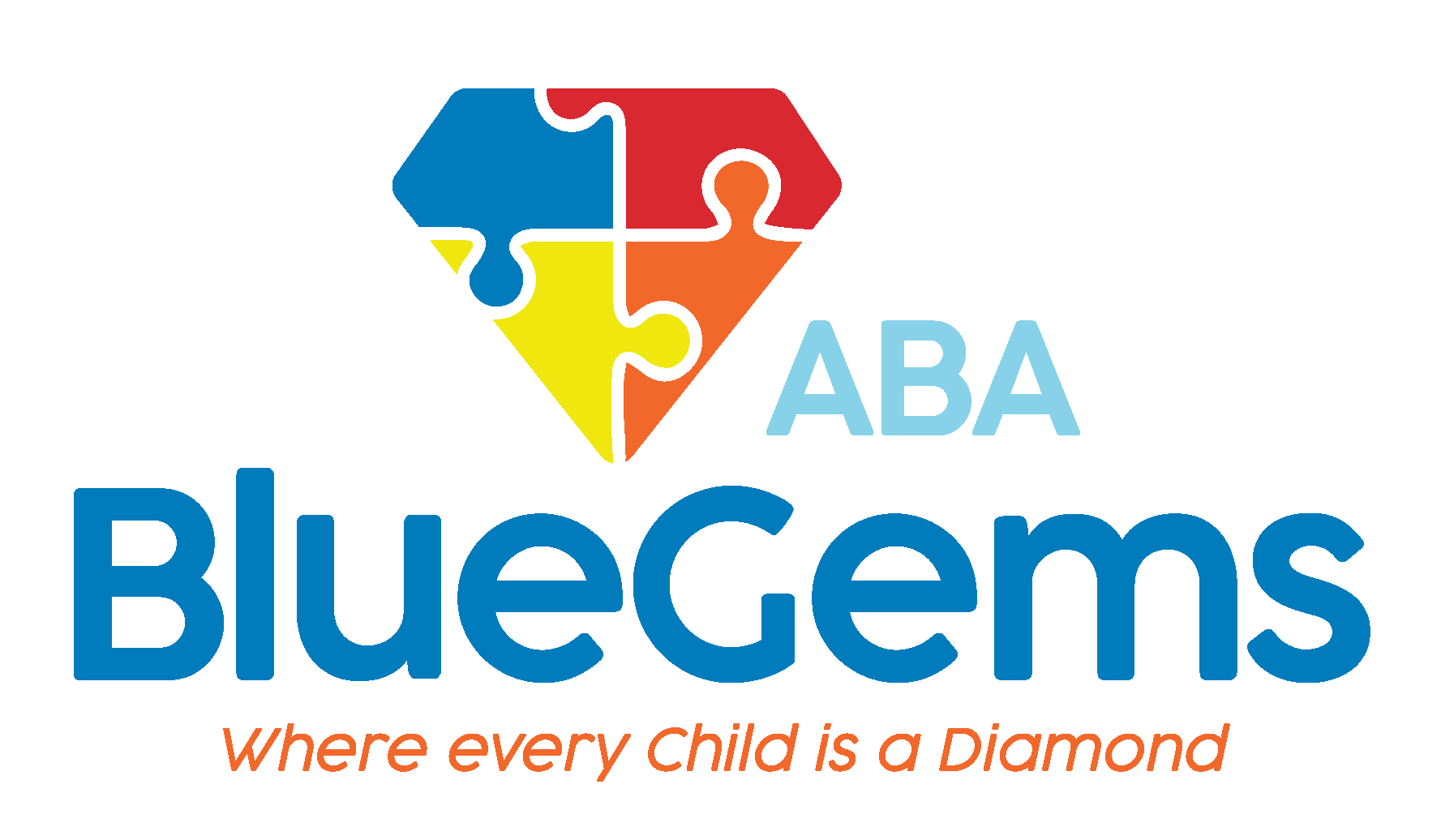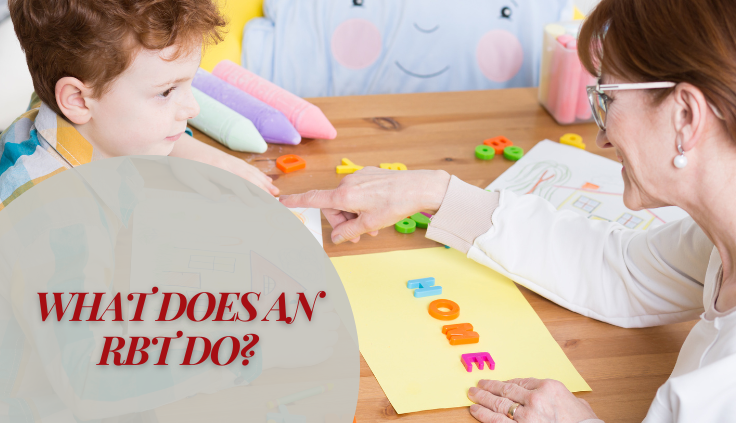What Does a Registered Behavior Technician (RBT) Do?
When children with autism spectrum disorder (ASD) are referred for applied behavior analysis (ABA therapy), they will have a team of professionals on their side. This team will be responsible for observing your child, crafting a treatment plan that specifically addresses their unique strengths and challenges, setting goals and tracking progress toward those goals.
In many cases, the lead professional on that team will be a BCBA or a BCaBA — or a Board Certified Behavior Analyst and Board Certified Assistant Behavior Analyst, respectively.
Those professionals aren’t the only ones who will work with your child to ensure they get the support they need. A Registered Behavior Technician, or RBT, is a professional who will have direct contact with your child, administering ABA therapy and providing many other services.
Since the RBT is a person who will have a lot of interactions with your child, many times on a one-to-one basis, it’s important to understand what their role is and what their duties are.
We’ll lay that all out below.
Learn more about how to get an RBT certification
Table Of Contents
What is a Registered Behavior Technician?
An RBT is a licensed professional therapist who is specifically trained to provide ABA therapy services to people who are on the autism spectrum, as well as other people who have developmental disabilities. As mentioned before, they are the ones who often have direct contact with patients, and their supervisors are usually a BCBA or a BCaBA.
While RBTs can work with any individual who has autism, they typically focus their work on children. Their specialty is helping children improve/modify behaviors and also learn skills that can help them overcome the challenges they face.
RBTs help children build social and communication skills, as well as other daily life skills such as self-care. They also work with them to reduce the instances of problem behaviors, including those that could be self-injurious or aggressive.
These trained professionals have experience working in multiple settings such as ABA therapy clinics, the child’s home and schools. While they are working with their patients, they collect a lot of data, which they then report to their supervisor who will work with the RBT to analyze the data to be used in progress reports and for future potential changes to the treatment plan.
What Does an RBT Do on a Daily Basis?
While an RBT’s work revolves around ABA therapy and supporting children with autism, there are different responsibilities they have that fall under that umbrella.
Where an RBT works on a particular day can vary from one day to the next, and from one part of the day to the next. They may start the morning at their home or in an office reviewing their schedule for the day, as well as notes on upcoming treatment plans so they can prepare for ABA therapy sessions.
They also typically engage in a lot of preparatory work before sessions begin, as they need to collect tools, materials and rewards for their patients — all of which are customized to each individual child.
Depending on the patients they will see that day, they may spend time in an ABA therapy clinic and/or travel to a child’s home or school environment. It’s possible they may administer ABA therapy in multiple settings on one day if they have multiple clients on their schedule, for instance.
Once the ABA therapy sessions begin, RBTs will follow the child’s treatment plan to teach them new skills. Each session will build upon what has already been taught and worked on in previous sessions, as repetition is a big part of success.
As they are teaching these skills — prompting to child to do certain things or behave in a certain way — they will also be observing how the child reacts. In doing so, they will be collecting and tracking a lot of data that will then be used at a later time to track the child’s progress toward their individual goals.

Who Else Do RBTs Work With?
In addition to working directly with children who have autism, a big part of an RBT’s job is interacting and collaborating with other ABA therapy team members, specialized professionals, parents and family members, and professionals in a school community.
RBTs will integrate parents, caregivers and other family members into ABA therapy plans so that other people who are around the child often will be able to reinforce the skills learned in sessions for real-life scenarios.
They will also work with any other medical or mental health professionals the child may see, including speech therapists, occupational therapists, developmental pediatricians and more.
Finally, they will work hand-in-hand with the child’s teacher and other support staff at the school they attend, if they are in a school-based learning environment. The RBT may also travel to the school to help support the child throughout the day.
No matter what the RBT’s day involves, it will end with them compiling the data and information they collected into reports that their supervisors can review so that they can better support the child going forward.
Blue Gems ABA Has a Team of Trained Professionals to Support Children with Autism
RBTs are trained professionals who administer ABA therapy to children with ASD. They have a lot of responsibilities on a day-to-day basis, and are often the people who interact the most with patients directly.
At Blue Gems ABA, we have a team of trained professionals who support every child with autism whom we work with. This includes RBTs and BCBAs who work in tandem to craft ABA therapy plans, administer treatment and constantly review progress so we can ensure your child gets the support they need.
To learn more, please contact us today.




